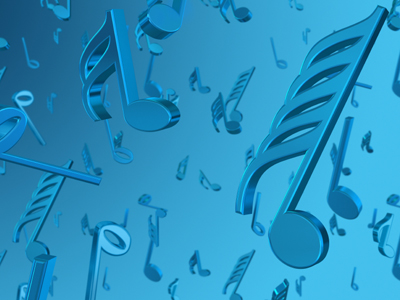

Time and Key Signatures 01
Time and key signatures are vital parts of musical notation so, unsurprisingly, KS3 music students must familiarise themselves with both. This quiz on basic time and key signatures will help!
You will find quavers and beats in relation to time and key signatures in music. The time signature tells us how many beats are in each bar and which type of note makes up each beat. The key signature tells us which key the music should be played in. It's made up of sharps and flats on the staff and is written immediately after the clef at the beginning of a line of music.
'Life is like music, it must be composed by ear, feeling and instinct, not by rule. Nevertheless one had better know the rules, for they sometimes guide in doubtful cases,' so said Samuel Butler. Let's see if you know the rules in this quiz on basic time and key signatures.
Ready for more?
not all...
quizzers. Try to win a coveted spot on our Hall of Fame Page.






